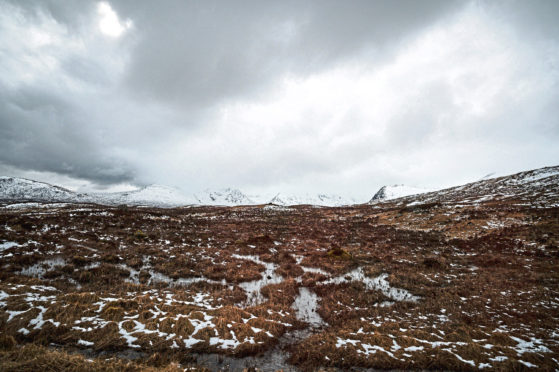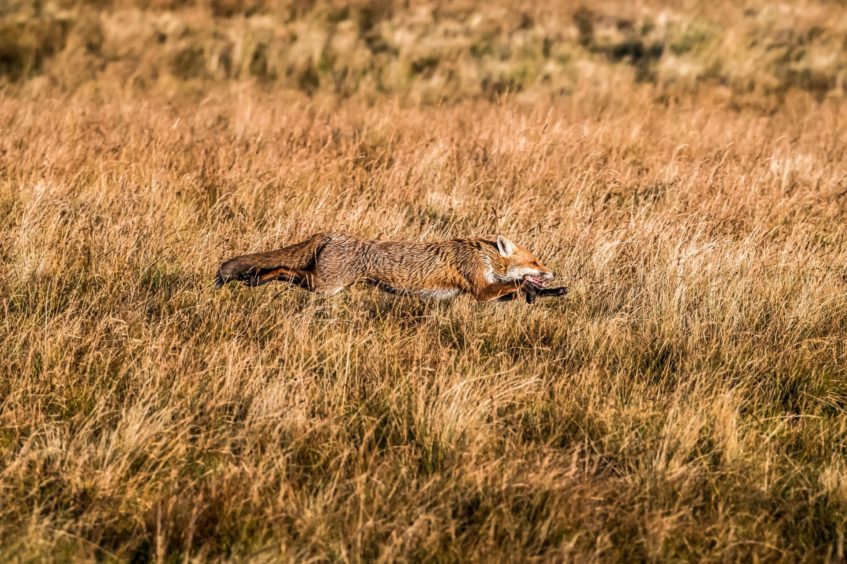TIME to go to work. The beast from the east mark II, for as such it was trailed by some mountain-out-of-a-molehill media weather sage, slunk away over the horizon with only a handful of shivering days for its legacy and not enough snow to make a decent snowball to hurl at its retreating head.
There were pools of standing water in the stubble fields, but there was also an alacrity in the air as if nature had tired of winter already and proposed to get on with the rest of the year.
Two large flocks of birds alighted in the same field. One was mostly fieldfares and redwings, about 300 of those. The other was a mix of finches, yellowhammers, siskins, corn buntings, linnets, and goodness knows how many there were of those. The two flocks established a no-man’s land in the middle of the field, with the thrushes on the far side and the small bird horde closer to the farm road and its fringing hedges.
The birds were nervous. They know better than you or I that sooner or later such a gathering of so many birds in a single field would attract predator eyes. At every small or substantial alarm, as small as a dog bark or as large as a snorting tractor on the road, the finch flock fled to the hedges and filled the air with their voices. A shudder went through the thrush flock as they stopped to assess the threat, then fed on. The finches poured back into their portion of the field and fell silent.
Then there was a fox in the field.
It appeared as a shapeless patch of colour in the farthest corner. There was a small wood over there, then a steep-sided ditch, a fence and a hedge. The fox must have negotiated all three. It stood half-in and half-out of a strip of long grass, dead still, and with more than 50 yards of open ground to the nearest bird. I had expected the arrival of a flat-out sparrowhawk or a peregrine, not this patient, tawny stalker in the long grass. But no bird flinched.
Except one.
That one was a heron, of all things. It appeared from somewhere beyond the corner of the wood, all wings and dangling legs, homed in on the fox and screeched long and loud, the way herons do when they are discomfited by pretty well anything. The fox turned in its own length and vanished under the hedge, its cover blown.
High-voltage retreat
The air above the field convulsed. The finches exploded up from stubble to hedge, a low-level, high-voltage retreat. But the fieldfares and redwings rose in silence and flew in disciplined order to a pair of tall ash trees, one each side of the road. Suddenly the bare branches were thickly clustered with a dense foliage of thrushes.
Back in the far corner of the field, the heron stood precisely where the fox had been.
All this I had watched from my car, a practised routine at this time of the year, with the raised bog of Flanders Moss national nature reserve as its destination. This is the south-west corner of what has been my working territory for years now, a territory that eases gently north over foothills and into the first of the mountains.
The Moss used to be a reliable winter roost for hen harriers, but in the early decades of the 21st Century nothing about hen harriers is reliable. They still turn up, but they are few and far between. For that matter, they are few and far between all across the face of the land, becoming fewer and farther apart, and we have the grouse moor industry to thank for that.
A harrier appears
In the last of the light I climbed the reserve’s wooden observation tower on the off-chance that a harrier might slip in under cover of dusk. I was halfway up when I saw a harrier shape through the timber spars of the tower. Moments later when I reached the top it was not in sight.
What I had seen was a female, which means it wore the same shade as that bog-at-dusk background, and the chances of seeing it again diminished by the moment. But I have good binoculars for just such a situation. I scanned the landscape for something that looked like a piece of the Moss that had just taken flight, and that is exactly what I found.
For about 20 seconds at the farthest edge of reliable vision I saw its impossibly slow flight, wingtips just inches above the ground, and the white blaze at the base of its tail the only thing that reliably confirmed what I thought I was watching.
Every time I see a hen harrier on my working territory, I am reassured to this extent, and only this extent: one more has slipped through the net, one more that those who “manage” wildlife with a shotgun in one hand and poison in the other have not shot or poisoned or otherwise removed from the land.
Yet.
Sometimes, that’s how I go to work.











